Let’s say you were driving, and your foot is on the gas pedal because you’re moving forward, and you want to stop the car in a smooth manner. Naturally, you would push for the brake, which is what you’re really supposed to do.
New drivers though, tend to push the brake really hard and they also tend to push the brake even harder just about when they are about to stop and that’s what gives the car a jolting feeling when you are finishing the stop. That’s just outright difficult, dangerous to the driver and the passengers, and will damage your brakes. Braking harshly also increases your use of fuel.
In this article, Philkotse.com will let you know how to stop a car smoothly. This will be a very simple driving lesson.
1. Smart and proper use of brakes
Lesson #1: Follow road rules
When you’re following all the rules on the road that you’re driving on, you don’t really need to brake. If you are skilled enough in observing the condition of the road (whether it’s a dry or a wet road), traffic, and speed limit then you won’t be surprised of needing to brake immediately.
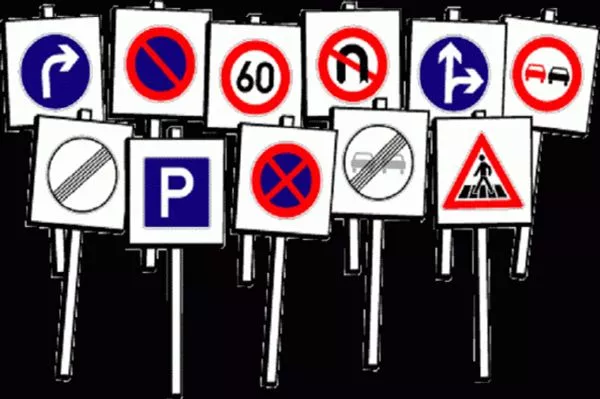
Drivers should fully understand each road rules in order to maintain safety during travel
Lesson #2: Plan ahead
You shouldn’t be pushing on the brake of your car when you see the red light, when there’s a turn, or when you see a stop sign. You should always be on the lookout for these. If you’re driving in the same area every day or frequently, it helps to familiarize yourself with their signs, speed limit, and traffic situation. It would also help if you be aware of the brake lights of the cars in front of you.
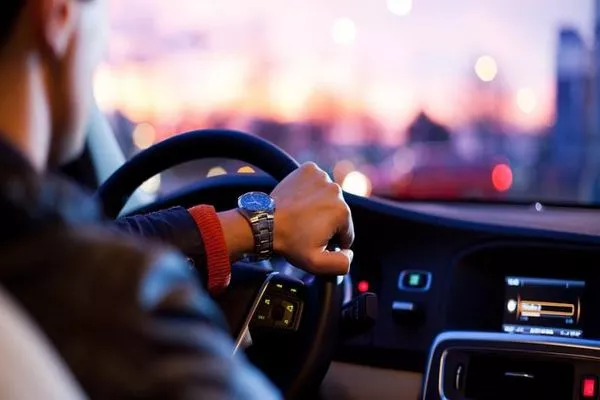
When in charge of the wheels - always maintain your calmness in order to come up with proper driving decisions
Lesson #3: Push the brake pad and hold
You don’t really have to keep pushing the brake for you to stop. What’s better to do is to push the brake and then hold that position until you come to a full stop. In this way, you won’t even feel any movement on your body as the car will gradually slow down and eventually stop.
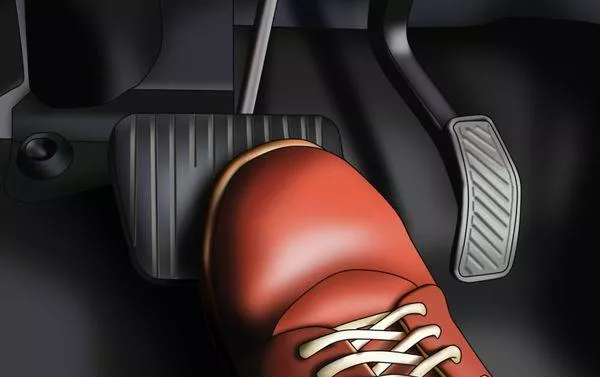
One common mistakes drivers tend to do is to keep pushing the brake pad - it's better to push it once and keep your feet on hold
Lesson #4: Follow the 3-seconds rule
The 3-seconds rule is the following distance between you and a car that’s in front of you. Think of it like you’ll need at least 3 seconds to hit the car’s bumper. Also, it would help to use this tip: If you can’t see the plate number of the car in front of you anymore then you are too close.
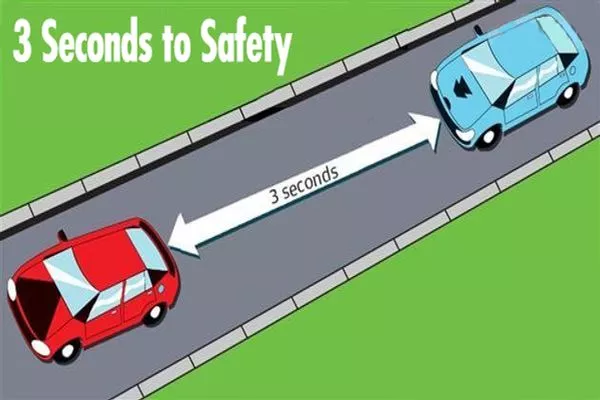
If you keep that safe distance then you wouldn’t have to push the brake too often and too hard
Lesson #5: Do not brake and swerve at the same time
Braking and swerving the steering wheel surely would be useful in unpredicted situations such as in trying to avoid a child or animal on the road but that would still put you in harm as you can hit another object on your sides. It could be reflexive but it is really better to just start pushing the brake from a safe distance and come to a stop than swerving.
>>> Read more:
- How to make your brakes last longer?
- These 7 habits of car owners are awfully damaging their brakes
- Do’s and Don’ts when car brakes fail

Again, if you have been following all the rules, obeying the road’s speed limit then this scenario will less likely happen to you
Lesson #6: Use the correct foot position
In braking, use your right foot on the brake pedal making sure you keep your heel on the floor. The left foot, on the other hand (that was weird to say), must be on the firewall for balance and support. All this will ensure stability and ease when slowing down your car or coming to a full stop.
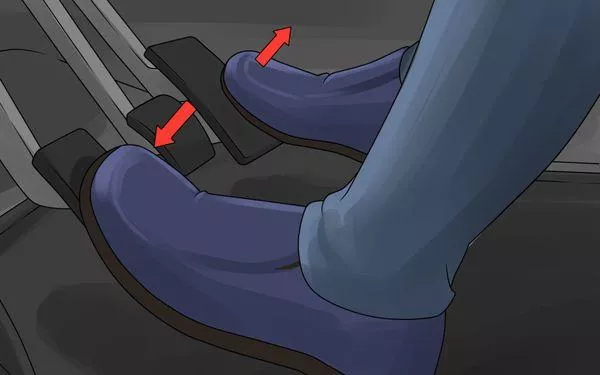
You will be able to maintain your desire speed and controls if you put your feet on their right positions
Lesson #7: Ready your right foot by covering the brake pedal
When you see any potential hazard that will need you to stop your car, you can cover the brake pad so that you are removing your right foot on the accelerator, thus reducing speed, and reducing your reaction time or giving you more chances to react on time.
Lesson #8: Stopping is your priority
The goal here is to brake smoothly without that jolting feeling but if there’s a situation where you need to brake aggressively, then do that. It’s better for you to brake rather than collide with an accident.
2. Effects of overheated brakes
Overheated brakes are less effective. Too much abrupt braking can warp the surface of your brake. There are two results or problems that could come from an overheated brake.
If your brakes encounter overheating, you may consider a couple of reasons why:
- Soft pedal: In this case, you’ll need to push the brake pedal a little bit harder just to be able to slow down. The only solution is to replace the brake fluid. It’s a relatively easy and cheap solution.
- Hard pedal: This is when the brake pedal feels normal, but it just isn’t doing what it’s supposed to do. The solution would be to have the brake discs repaired, not really an expensive work. Your brake will recover but it won’t be able to perform like it does when it was brand new.
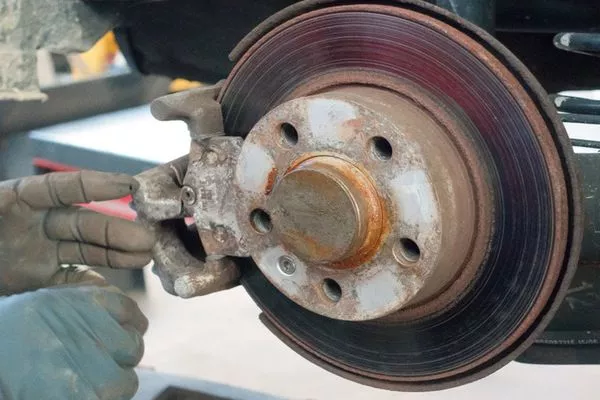
Overheated brakes are less effective
3. Drive Safely!
Car brakes are getting better and more advanced as time passes by. Even with this innovative technology, a good driver must still master the skill of braking. The key factor in stopping the car smoothly is your skill in estimating when you start braking and how hard you need to push down the brake.
If you start too early to brake then you might be far from your target area, if you start late then you will not have enough time to push the brake and stop the car slowly and smoothly. If you push the brake hard you will have that jolting feeling which is unpleasant but if you push lightly then you might not stop on time and hit the car or any object that’s in front of you.
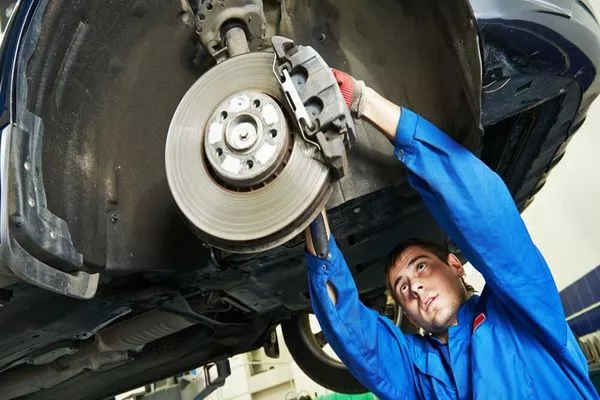
Never think twice on investing on a regular brake maintenance or repair service
This estimating and predicting skill comes with experience and you will need to practice a lot to perfect it. Be a responsible driver, get yourself safe driving lessons from a professional or a colleague you trust in driving and you’ll be mastering this skill in no time.












